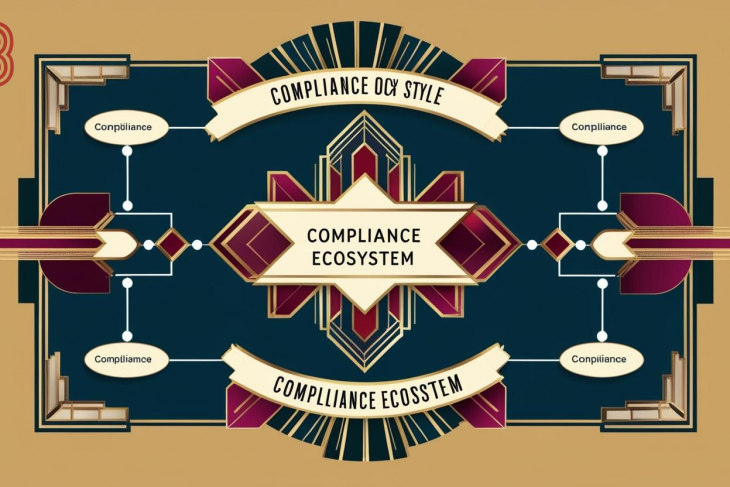
Unlike traditional bullying, cyberbullying can occur 24/7, reach a wide audience, and be perpetrated anonymously, making it more pervasive and insidious. With the proliferation of social media platforms, messaging apps, and online forums, bullies have more avenues to harass their victims.
Cyberbullying manifests in various forms, including harassment, spreading rumors, impersonation, and exclusion. Victims often experience severe emotional and psychological distress, leading to anxiety, depression, and in extreme cases, suicidal ideation. The anonymity of the internet emboldens bullies, as they feel shielded from consequences, and the rapid spread of information means that hurtful content can go viral, exacerbating the victim’s suffering.
Several high-profile cases have highlighted the devastating effects of cyberbullying, prompting calls for stronger legislation and proactive measures. Governments and organizations worldwide are increasingly recognizing the need to address this issue through laws, educational programs, and support systems. For instance, some jurisdictions have enacted laws making cyberbullying a criminal offense, while schools and workplaces are implementing policies to create safer online environments.
Moreover, tech companies are under pressure to enhance their platforms’ safety features. Many have introduced tools to report and block abusive behavior, and some use AI to detect and remove harmful content. However, the challenge remains significant, as the technology often struggles to keep pace with the evolving tactics of cyberbullies.
Educating young people about responsible online behavior and the potential consequences of cyberbullying is crucial. Encouraging open communication between parents, teachers, and children can help identify and address incidents early. Support services, such as counseling and helplines, play a vital role in assisting victims and promoting recovery.
The rise of cyberbullying underscores the need for a collective effort to foster a culture of empathy and respect online. While technology has the potential to connect us in unprecedented ways, it also requires responsible use to ensure it does not become a tool for harm. Addressing cyberbullying effectively involves collaboration between individuals, communities, and institutions to create a safer, more supportive digital world.
WWW.BARETZKY.NET




















